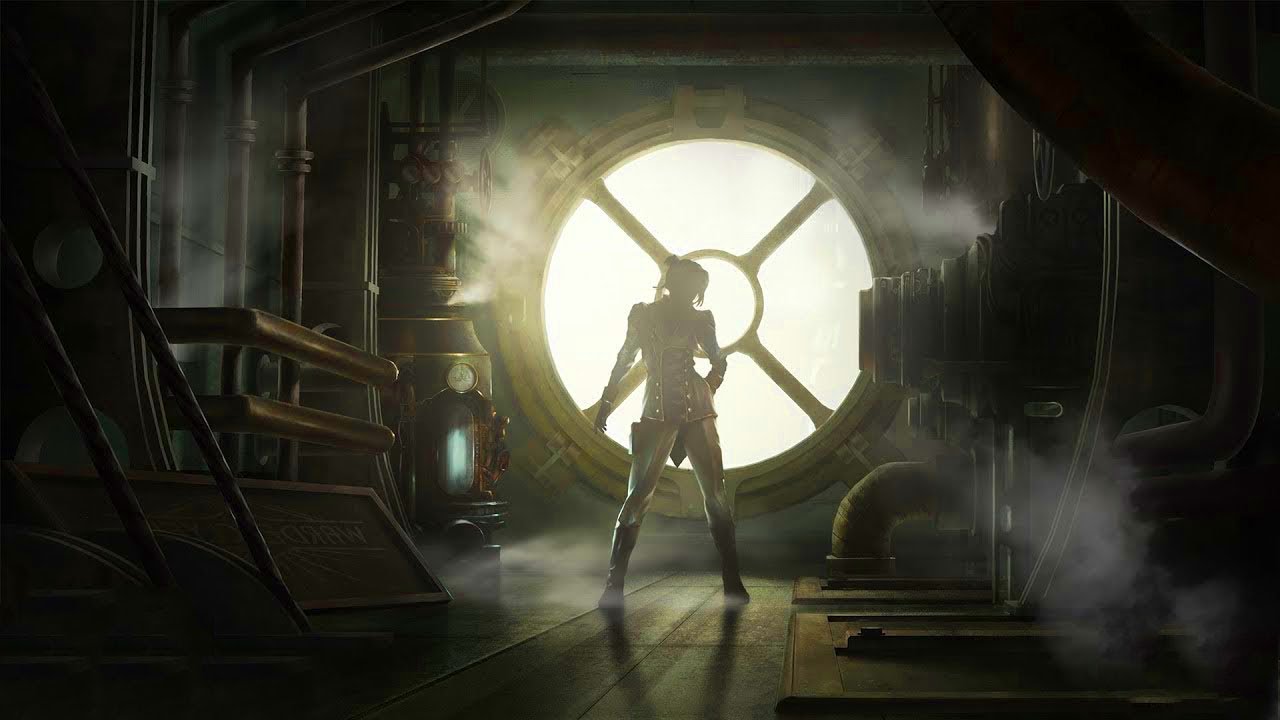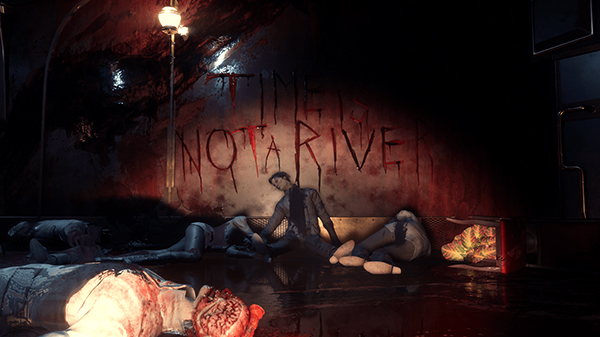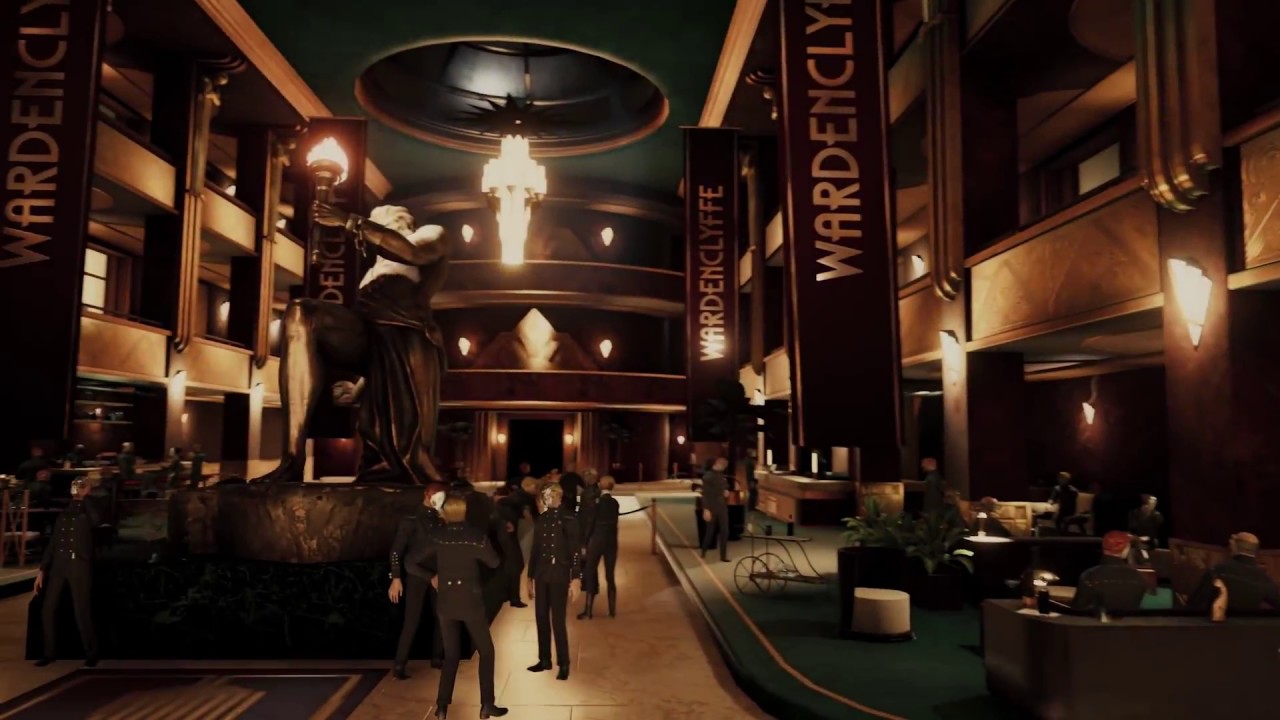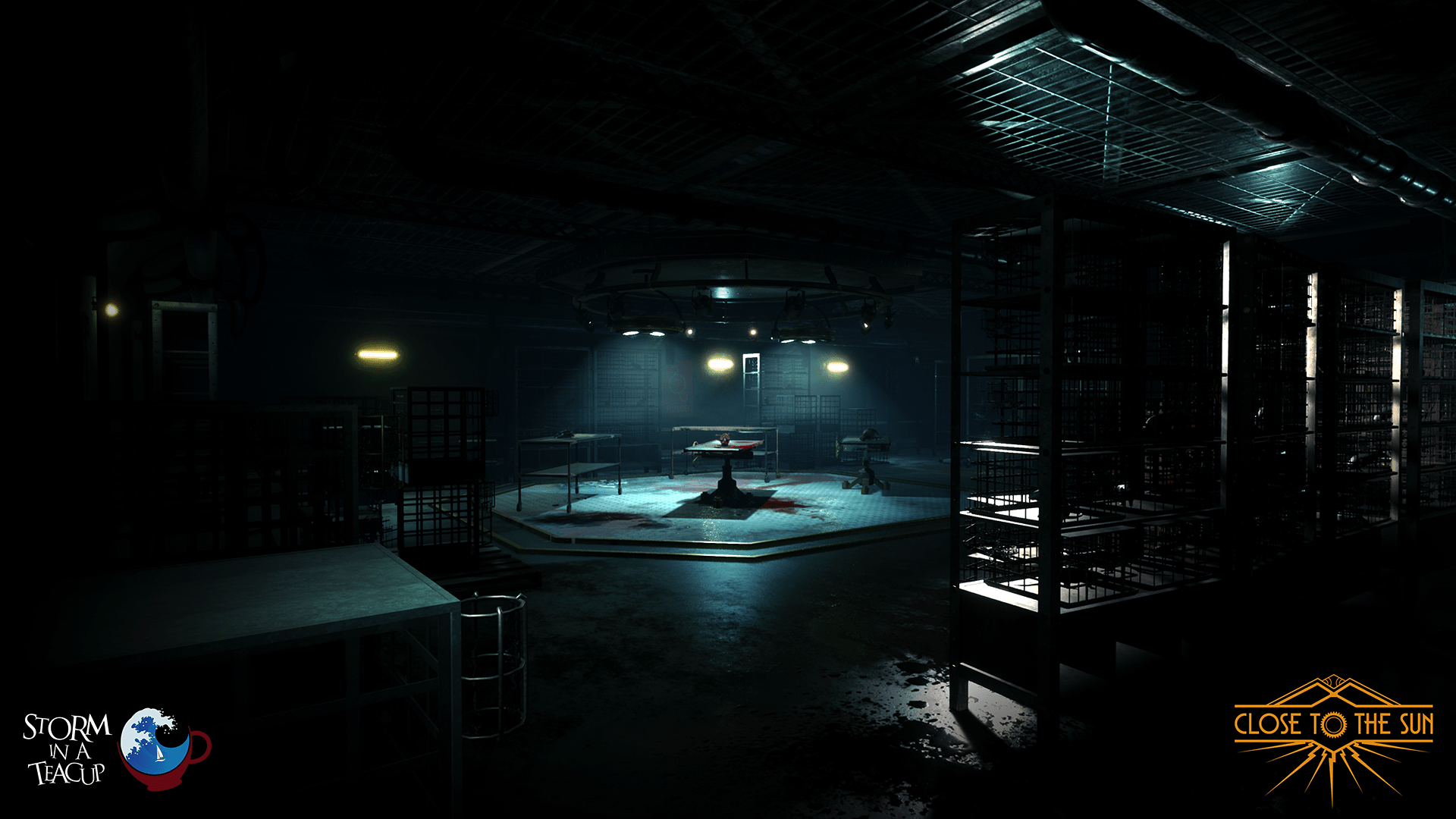
Close to the Sun is looking like a unique, ambitious game, with an alternative history setting that puts the limelight on Nikola Tesla as one of its most major characters, in the backdrop of a steampunk setting in terms of its visual style, its mood, and its atmosphere. Recently, we had the chance to gather some of our most burning questions about the game and ask Carlo Ivo Alimo Bianchi, the game’s artistic director and CEO of developers Storm in a Teacup about them. His answers were deeply interesting and quite insightful, and revealed lots of fascinating details on the upcoming horror title. Take a look below.
"Basically, we used already existing elements to create our own universe and to fill it with gadgets, machines and technology in general. In the end, this is what steampunk is: use existing ideas and technology and manipulate it to make it believable in your pre-technology context. Each level in our game is very different from the others – we couldn’t just focus on steampunk elements. We had to create something very unique and different."
Nikola Tesla seems to play quite an interesting role in this alternate version of history. What inspired you to write him this way for this story?
We decided to write about Tesla because he changed the world in a way most people these days are unaware of, yet he ended his life in poverty and depressed. We wanted to give him voice to make him look like a winner for the first time.
In Close To The Sun, Tesla is that winner – a man who achieved more than a normal person could be capable of thinking. We could compare our Tesla to modern day’s Elon Musk, for instance: both men capable of standing out of the crowd achieving what for the others is unachievable. However, the fact that in our game Tesla is more or less a man of unlimited power also makes him very vulnerable.
This is the interesting point of view we all hold at our company about power: if you have too much power, then falling from your own pedestal is way easier. Tesla is an important man in our game, but it’s his power that allows him to confront the laws of physics he loves so much, all leading to ‘the accident’ that takes place before the game kicks off and Rose comes aboard the huge ship Elios.
Our story takes place in an era where technology was slow. In just a few decades time, technology would became faster and faster, so we decided to imagine Tesla as the man behind this change of pace in technology.
What were some of your influences in designing the Ship which serves as the game’s setting?
“The City Of Lost Children” for sure had a huge initial impact on our vision, but searching for steampunk images on Google helped a lot more than that. Our Art Director Federico Belingheri did a vast research on the topic, so when things really began to roll he was ready.
Basically, we used already existing elements to create our own universe and to fill it with gadgets, machines and technology in general. In the end, this is what steampunk is: use existing ideas and technology and manipulate it to make it believable in your pre-technology context. Each level in our game is very different from the others – we couldn’t just focus on steampunk elements. We had to create something very unique and different. I think gamers will like the end result – there is so much to see!
"More or less, we studied every horror game out there to create Close to the Sun – we took the good and we reinvented it for our own purposes, while everything we disliked about other horror games we left out. In essence, we decided to cut, paste, reshape and reiterate. This is a dangerous strategy, but sometimes it leads to a product very different from the rest. I have to admit we were courageous and lucky at the same time – what came out is really unique."
What exactly will the core gameplay consist of?
This is a horror experience, in essence. We wanted to really make it feel real, so we decided not to just focus on jump scares, or chases, or even gore. The game consists of every element of horror movies and games you can think of, but mixed within a really special spice. It’s all about the climax.
Sometimes you have time to explore and look for lore elements, sometimes you don’t have any time left and you must run, sometimes you just don’t know if you are safe or not. The climax we built is what takes you through the fear, the meditation, the investigation, the bloody scenes and so on. The characters you talk to are not always what they seem and, as such, your goals will change during the game, your faith in others will vacillate, all combining to create a rollercoaster of different emotions.
You’ve mentioned problem solving as one of the key features in this game. Can you tell us more about how this works?
Why have simple puzzles when you can solve problems that have a logic tapped into the game’s environment and linked to the characters? Every puzzle in Close to the Sun is there not because of some kind of diabolical “deus ex machina”, but because there is a reason for them to be there. Also some of the puzzles are not actually presented in form of a puzzle – I can’t really say any more, but you will see for yourself. The keyword here is believability. By that I mean, everything in our universe is believable and puzzles are just pieces of ordinary lives that became puzzles for us in that environment.
With the many horror games out there vying for players’ attention, what would you say sets Close to the Sun apart?
More or less, we studied every horror game out there to create Close to the Sun – we took the good and we reinvented it for our own purposes, while everything we disliked about other horror games we left out. In essence, we decided to cut, paste, reshape and reiterate. This is a dangerous strategy, but sometimes it leads to a product very different from the rest. I have to admit we were courageous and lucky at the same time – what came out is really unique.
"Making a game is always a challenge, in truth. I do think sometimes gamers don’t really grasp how difficult some things – like fixing bugs or design elements – actually are."
When do you plan to release the game?
All I can say is, 2019.
Are there any major challenges you’ve faced during the game’s development?
Making a game is always a challenge, in truth. I do think sometimes gamers don’t really grasp how difficult some things – like fixing bugs or design elements – actually are. Specifically in terms of Close to the Sun, however, our major challenge was to create the universe and the mood of the game, as well as creating a world with zero technology but still vibrant enough to allow players to achieve every little single goal.
What are some of the main inspirations you’ve drawn upon in making this game?
We were inspired by a whole stack of movies and books, as you might expect, where we took forward the lesson of “don’t try to play God”. It’s an ancient theme, but we felt like we could do something new with it. Specifically, we went quite back to stories from ancient Greece right up to the present day to create the mentality behind our God-like Tesla. After that, we focused on generating the world around him. It’s like climbing a set of stairs – you have to take one step at a time.
It has been a year since the game was announced. Has there been any major changes you’ve made to the game during this period?
In that time the game has basically doubled in size, and in budget, haha. It has been a good investment, though. One year ago the game didn’t have the potential it has today and the story was way more simple. Everything was slower, smaller and less “shiny”, in short. What we hope we have in our hands today is a small nugget of gold that we’re polishing day after day to give it that extra gloss.
"I love Switch, and I would love to see Close to the Sun on it. Will it be released within the same time frame as other platforms? I honestly don’t know at the moment – I can’t say."
Will the game feature Xbox One X specific enhancements? What can players expect if they are playing the game on Xbox One X? Is 4K/60fps on the cards?
As things stand I can’t really comment on specific platforms, but rest assured that we test the game on PC to make sure that it runs as smoothly as it can on all consoles. All I can say is, Xbox One and PS4 players will get the exact same experience those on PC enjoy.
From a development perspective, how do you find the Xbox One X to be? With so much GPU power, we are sure you must be doing some amazing things.
In general terms, power isn’t always the most important thing – developers have to be able to control that power in a way that is both useful and usable. Otherwise, you’re just another developer adding resolution or frame rate specs when, in reality, your game could do with time being invested somewhere else. I would love to see games running at 12K at 1000 FPS on consoles, but only if we have nothing more that we could do to actually make the game better.
How is the game running on the original Xbox One and PS4, frame rate and resolution wise?
Very well. We are very happy about that and creating our own technology has paid dividends in the end. We have full control over every aspect of the game – not all developers can claim that.
Do you have any plans to bring the game to Nintendo Switch? If not, why?
I have a Switch myself and I have to say, to echo your question, why not? I love Switch, and I would love to see Close to the Sun on it. Will it be released within the same time frame as other platforms? I honestly don’t know at the moment – I can’t say. The fact Switch is cartridge based definitely makes things more complex as it has an impact on production costs – cartridges are expensive. If we come to Switch, we would want the quality of the gameplay to be identical to that experience by PC, PS4 and Xbox players, and that’s tough. Tough but not impossible, of course.
"When I was working in the movie industry we had a saying: “the more power you give us, the more we will make things fancier and, in the end, the more it will cost you”."
Next gen is coming sooner or later. From a development perspective, what is your biggest expectation from the next PlayStation and next Xbox?
I honestly have no expectations beyond the obvious; more processing power, more and faster ram. The problem is, the business is already tough – players always want more, year after year. Adding more processing power helps to untie a developer’s hands a little bit if that make sense, but the down side to that is doing so requires an even bigger budget.
As a result, more power is nice, but it doesn’t necessarily make our lives any easier – indeed, it risks players being promised something only the biggest of studios can deliver, if that isn’t already the case. When I was working in the movie industry we had a saying: “the more power you give us, the more we will make things fancier and, in the end, the more it will cost you”. What a beautiful but stressful world we live in, haha.



















